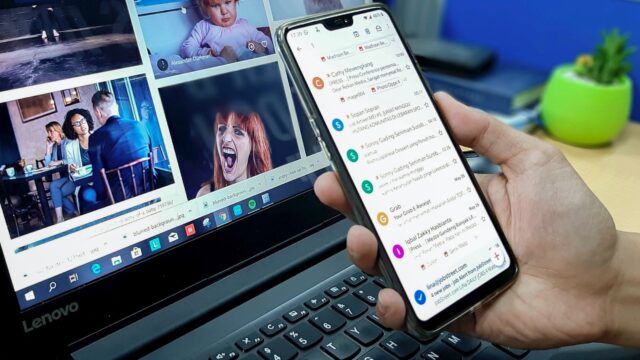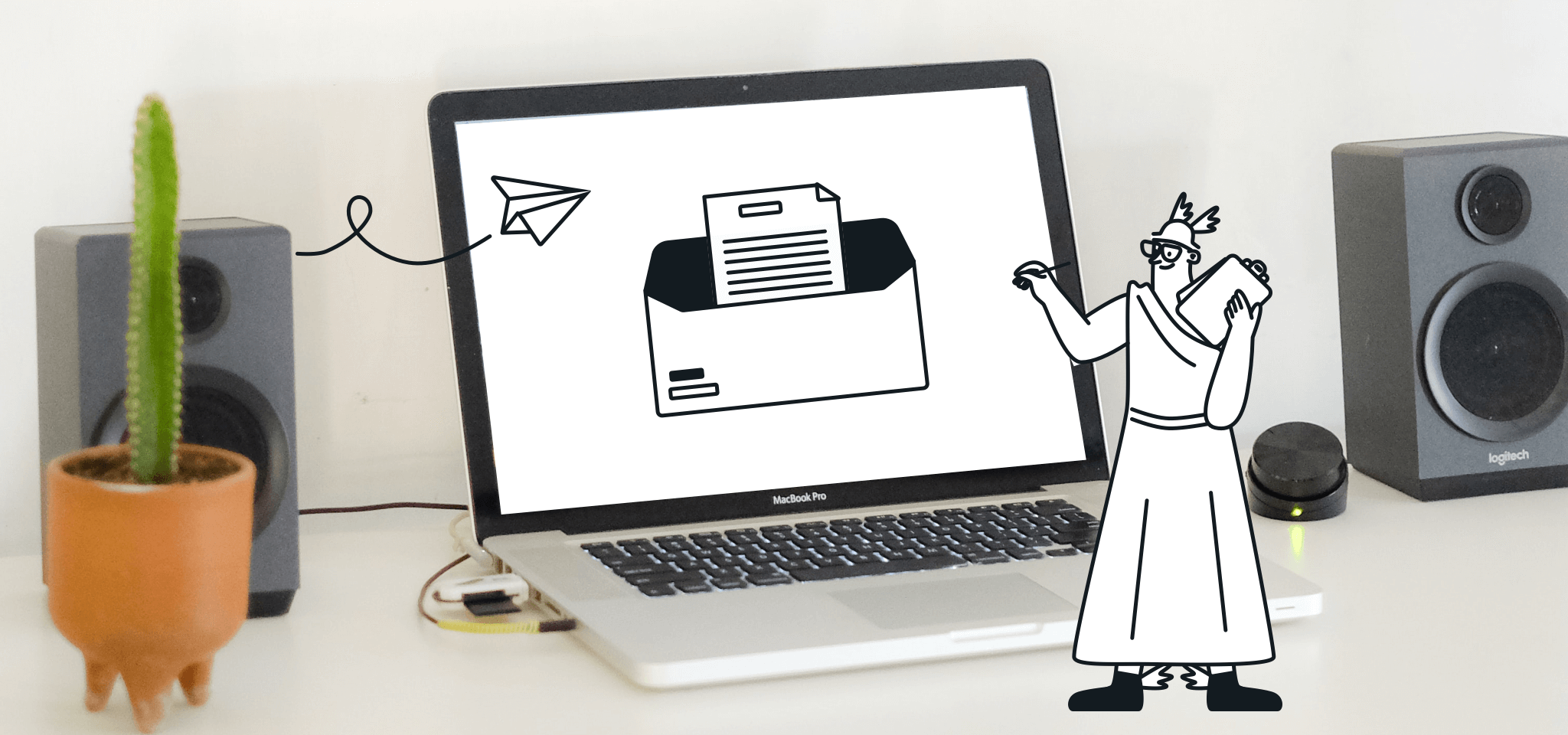In today’s digital landscape, consumers are inundated with marketing messages from various brands. To stand out in this crowded space, businesses must leverage the power of personalization in their email marketing strategies. Personalization goes beyond just addressing subscribers by their first names; it encompasses a holistic approach to creating tailored experiences that resonate with individual preferences and behaviors. In this blog, we’ll explore the significance of personalization in email marketing, its benefits, and effective strategies for implementing it.

Table of Contents
ToggleWhy Personalization Matters
1. Enhanced Customer Experience
Personalization enriches the customer experience by making emails more relevant and engaging. When subscribers receive content that aligns with their interests and needs, they are more likely to engage with your emails, leading to higher open and click-through rates.
2. Improved Engagement and Conversion Rates
Emails that are personalized to the recipient’s preferences are more likely to capture their attention. According to studies, personalized emails have higher open rates and conversion rates compared to generic messages. When customers feel understood and valued, they are more inclined to take action.
3. Strengthened Customer Relationships
Personalization fosters a sense of connection between brands and their customers. By addressing subscribers’ unique preferences and behaviors, brands can build trust and loyalty over time. This connection encourages repeat purchases and long-term customer relationships.
4. Reduced Unsubscribes
When subscribers receive content that resonates with them, they are less likely to unsubscribe from your mailing list. Personalization helps ensure that your emails are seen as valuable rather than intrusive, leading to lower unsubscribe rates.
Strategies for Implementing Personalization in Email Marketing
1. Leverage Data and Insights
To personalize your email campaigns effectively, you need to gather and analyze customer data. Here are some key data points to consider:
- Demographics: Information such as age, gender, location, and preferences can help you tailor your content.
- Behavioral Data: Track user interactions with your emails, website, and previous purchases. This data can provide insights into what products or services interest your subscribers.
- Purchase History: Use past purchase data to suggest related products, upsell, or cross-sell.
2. Segment Your Email List
Segmentation is a crucial aspect of personalization. Divide your email list into distinct segments based on various criteria, such as:
- Interests: Group subscribers based on their expressed interests or preferences.
- Purchase Behavior: Create segments for frequent buyers, seasonal shoppers, or cart abandoners.
- Engagement Levels: Target highly engaged subscribers differently than those who haven’t interacted in a while.
By tailoring your content for each segment, you can enhance relevance and drive higher engagement.
3. Create Dynamic Content
Dynamic content allows you to customize your emails in real-time based on subscriber data. This means that different recipients may see different content within the same email. Here are some ways to implement dynamic content:
- Product Recommendations: Suggest products based on the recipient’s previous purchases or browsing history.
- Personalized Offers: Create exclusive discounts or promotions based on a subscriber’s engagement history.
- Location-Based Content: Tailor your emails to include local events or store promotions relevant to the subscriber’s geographic location.
4. Use Behavioral Triggers
Behavioral triggers enable you to send timely, relevant emails based on specific actions taken by your subscribers. Examples of behavioral triggers include:
- Welcome Emails: Automatically send a personalized welcome email when someone subscribes to your list, setting the tone for future communications.
- Cart Abandonment Emails: If a subscriber leaves items in their cart without completing the purchase, send a follow-up email reminding them of the items and offering an incentive to complete the purchase.
- Re-Engagement Campaigns: Target inactive subscribers with tailored content to rekindle their interest and encourage them to re-engage with your brand.
5. Personalize Subject Lines
The subject line is the first thing subscribers see, and personalizing it can significantly impact open rates. Consider including:
- Subscriber’s Name: A simple way to grab attention and make the email feel more personal.
- Relevant Offers: Use data to create enticing subject lines that highlight offers or content relevant to the recipient’s interests.
- Event or Milestone Reminders: Personalize subject lines based on important dates, such as birthdays or anniversaries, to create a sense of connection.
6. Continuously Test and Optimize
Personalization is not a one-time effort; it requires continuous testing and optimization. Monitor key metrics such as open rates, click-through rates, and conversions to gauge the effectiveness of your personalized campaigns. Use A/B testing to experiment with different content variations, subject lines, and segmentation strategies. Analyze the results and refine your approach based on what resonates best with your audience.
Conclusion
Personalization is a powerful tool in email marketing that can significantly enhance customer engagement, build stronger relationships, and drive conversions. By leveraging data, segmenting your audience, and creating dynamic, tailored content, you can deliver more relevant and valuable experiences to your subscribers. In an era where consumers expect personalized interactions, investing in email personalization is essential for standing out and achieving lasting success in your marketing efforts. Embrace the power of personalization in your email campaigns and watch your engagement and conversion rates soar!


No responses yet